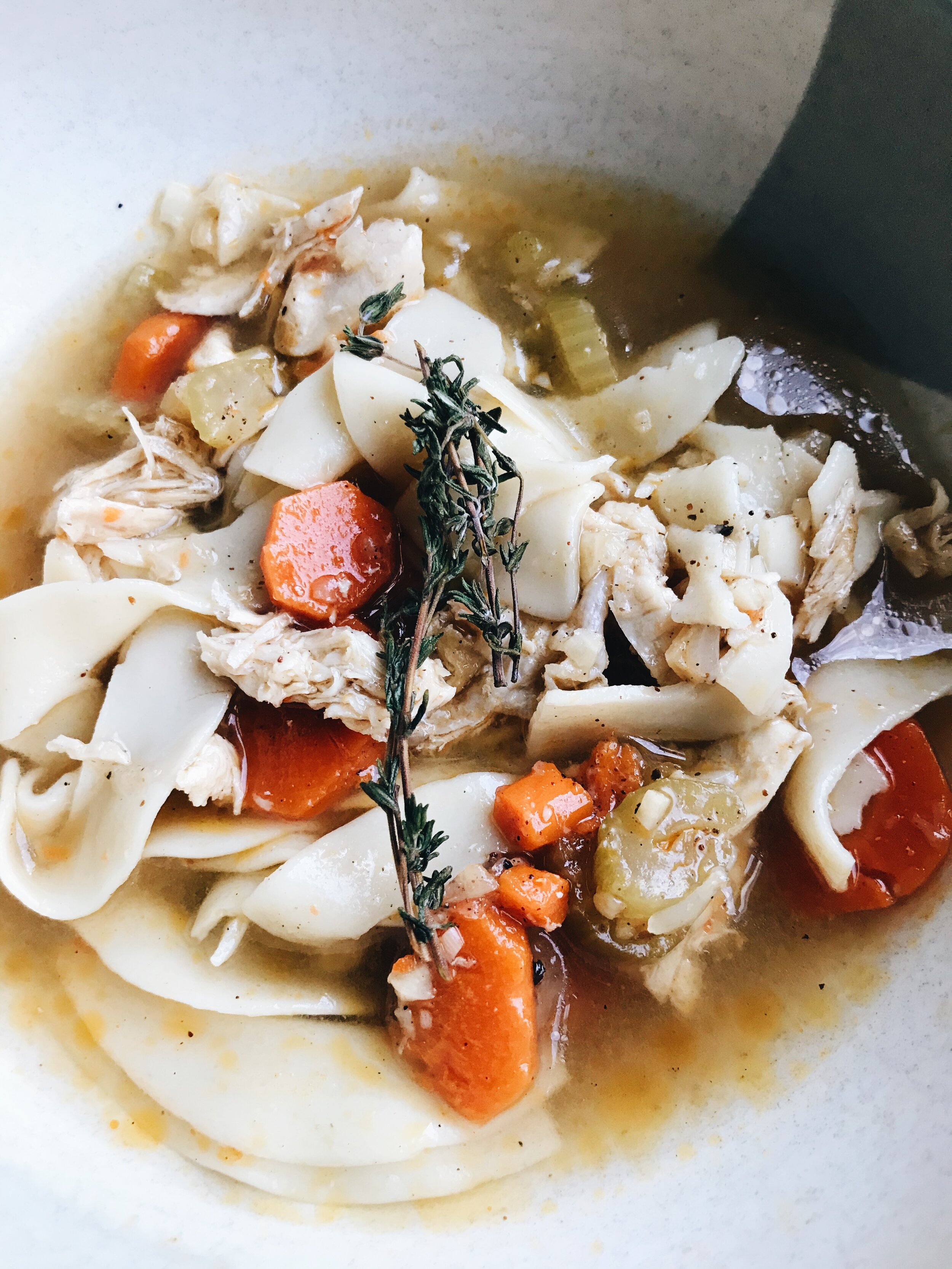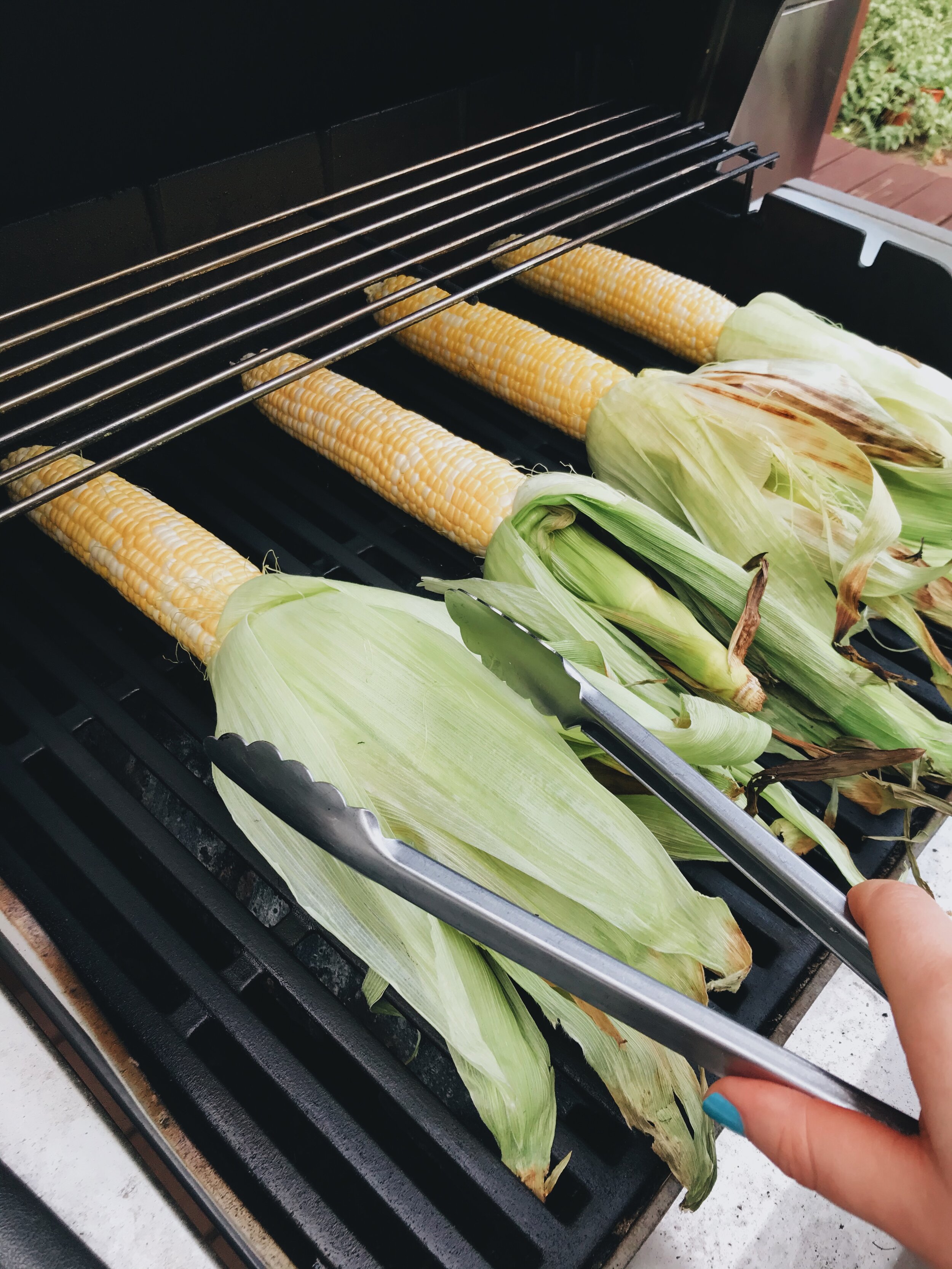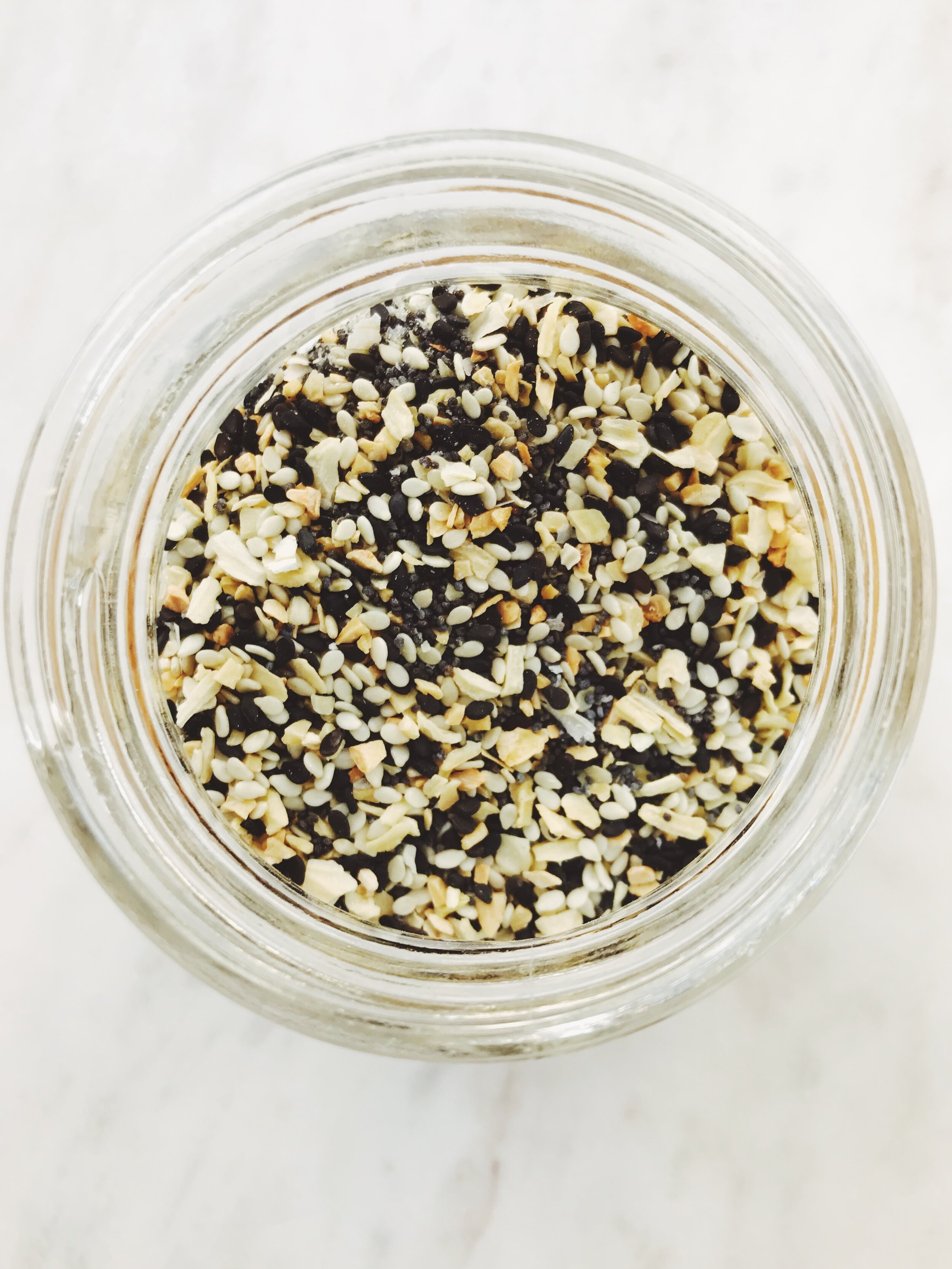Election Cake
Did you know that there was once a time in American history when Election Day was deemed more important than Christmas, Easter, and Halloween combined? It’s true! The only holiday more revered? Thanksgiving. And since there is no more American way to celebrate literally any occasion than with food, the Election Cake was born.
Based on the traditional English fruitcake, Muster Cake (known later as Election Cake) was originally prepared by colonial women for American farmers summoned, or “mustered,” for military training by British troops in colonies still controlled by King George III of Great Britain. The first Muster Cake of its kind to be documented was in 1771 - five years before the American Revolution - and combined the natural leavening agent yeast with brandy-soaked fruit, flour, and spices such as cinnamon, nutmeg, and allspice.
Post-Revolution, Muster Cake, now renamed Election Cake, was brought to early voting sites by women (not yet allowed to vote, but still making their voices heard loud and clear!) to help “muster” votes and celebrate the burgeoning democracy. But the big day didn’t stop there! Election Day was such a huge deal in New England that towns would get together to throw colonial-equivalent RAGERS, complete with huge bonfires, barbecues, tons of whiskey, and, of course, an abundance of (booze-filled) cake. But if you thought that the Election Cake of yesteryear was anything like what we make today - a springy dough that fits neatly into a well-buttered Bundt or loaf pan - you’d be wrong! In fact, the original recipe yielded something much, MUCH, bigger. Published in 1796 by Amelia Simmons in her book, American Cookery, the Election Cake recipe called for a whopping 30 quarts (roughly 120 cups) of flour, ten pounds of butter, fourteen pounds of sugar, twelve pounds of raisins, three dozen eggs, one pint of wine, one quart of brandy, four ounces of cinnamon, four ounces of ground colander seed (modern day coriander), and three ounces of ground allspice. As you can imagine, these were massive cakes (there’s a record of one weighing at least 12 pounds!) meant to feed the masses and keep voter enthusiasm at an all time high. Election Cakes were so vital to Election Day merrymaking in the 18th and 19th that they even led to an unofficial tradition: a cake off! Housewives all over New England would often compete with one another to see who could make the best cake as a means of solidifying the reputations and social standings of their households. In other words, if you wanted a seat at the table, you better bring that cake.
By the turn of the 20th century, an influx of non-English immigrants had ventured to America in the hopes of securing a new life and opportunities, and with them came fresh traditions and holiday customs. That, paired with an uptick in enthusiasm for Easter and Christmas, two holidays that had been shunned by the Puritan inhabitants of colonial America, Election Day began to lose a bit of its luster, and the tradition of Election Cake fell out of favor. But it’s 2020, ya’ll, I think it’s time we bring it back!
While we might be deviating just a tad from the original recipe (I like to share, but I’m not trying to make a cake for my entire neighborhood), this modern-day take on Election Cake has everything I love all rolled into one: yeast, warm spices, dried fruit reconstituted with bourbon, a moist texture, and a lovely, light glaze for just an extra hint of sweetness. Pair that with some red, white, and blue sprinkles, and you’ve got a right festive cake to ring in another Election Day!
You might stress-eat it, you might celebrate with it. Either way, this Election Cake is the only thing you’ll need on November 3rd. Oh, and if you haven’t done so already, don’t forget to VOTE!
Election Cake
What You’ll Need:
Two 1/4 ounce packets of active dry yeast
1 cup warm water (105-110 degrees Fahrenheit)
3 cups all-purpose flour
3/4 cup raisins
1/4 cup dried cranberries
1/2 cup pecans, roughly chopped
1/3 cup bourbon
3/4 cup plus 2 tablespoons firmly packed dark brown sugar
1 1/2 teaspoons cinnamon
1/2 teaspoon cardamom
1/2 teaspoon fine table salt
1 1/2 sticks unsalted butter, at room temperature, plus more for greasing the pan
1/4 cup granulated sugar
3 large eggs, at room temperature
2 teaspoons vanilla extract
1 cup confectioners’ sugar
2 tablespoons whole milk
Directions
In a large bowl, pour in the water, then sprinkle in the yeast. Stir, then let sit for 1-2 minutes until the yeast has dissolved and bubbles have begun to form on the top. Next, sift in 1 1/2 cups flour, then stir to combine. Cover with plastic wrap and let sit in a warm place for 30 minutes. The mixture will expand, and large bubbles will appear on the surface.
While the flour-yeast mixture is rising, place the raisins, dried cranberries, pecans, bourbon, and 2 tablespoons of brown sugar into a medium-sized, microwave-safe bowl. Stir until the sugar has fully dissolved, then microwave in 30-second intervals until the mixture is hot and bubbling (this should take about 1-2 minutes). Stir, then set aside to cool.
In another medium-sized bowl, whisk together the remaining 1 1/2 cups flour, cinnamon, cardamom, and salt. Set aside.
Generously butter a 9-inch Bundt pan, then set aside. (At the end of this you want that cake to come out of the pan in one piece, so don’t hold back on how much butter you use to grease the pan. There really is no such thing as too much butter when buttering a pan.)
When the flour-yeast mixture has risen, beat the butter, granulated sugar, and 3/4 dark brown sugar on medium-high in the bowl of an electric mixer with the paddle attachment on, until light and fluffy. (I have also done this using a wooden spoon.) Next, beat in the eggs one at a time until fully combined, then add 1 1/2 teaspoons of vanilla. Beat in the flour-yeast mixture until fully combined, then turn the mixer down to low. Slowly add the flour-spice mixture, being mindful not to add too much at a time or you’ll end up with flour all over the counter. Once the flour-spice mixture is fully combined, bring the mixer speed back up to medium and add the fruit-nut mixture as well as any remaining liquid. Beat until the fruits and nuts are well incorporated. When finished, the dough should look soft and loose, and will be elastic to the touch.
Transfer the dough to the buttered Bundt pan and cover the top with plastic wrap. Set the pan in a warm place for the dough to rise for 1 hour. Place a rack in the middle of the oven, then preheat the oven to 375 degrees Fahrenheit.
Remove the plastic wrap from the cake, then place the Bundt pan on a cookie sheet (this will catch any overflow) before transferring to the oven. Bake the cake until it has taken on a golden brown hue and a cake tester or toothpick inserted inside has come out clean, about 40-45 minutes. Take the Bundt pan off the cookie sheet and set on a wire rack to cool for 30 minutes. Carefully run a small offset spatula or butter knife around the sides of the cake to loosen any stubborn bits, then slowly turn the Bundt cake out, flat-side down, onto the wire rack to cool completely.
Once the cake has cooled, stir the confectioners’ sugar, 1/2 teaspoon vanilla, and one tablespoon of whole milk in a small bowl until combined. If the mixture seems too thick to be poured or spooned over the top of the cake, gradually add in the remaining tablespoon of milk until the icing has reached your desired consistency. Pour or spoon the glaze over the top of the cake, letting it run down both the inside and outside of the cake. Add desired decorations, then let the glaze harden for a few minutes before serving.
TO STORE: Cake can be kept at room temperature for several days when wrapped well in plastic wrap.
SOURCE: Adapted from Food Network











































